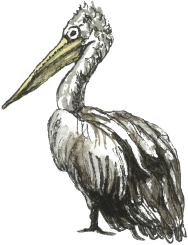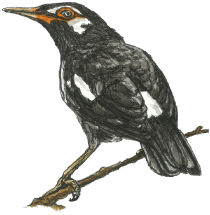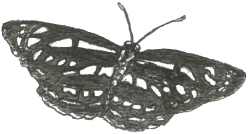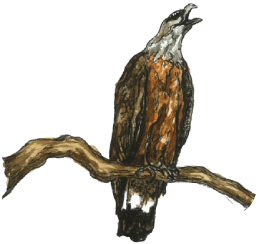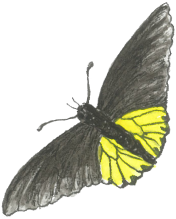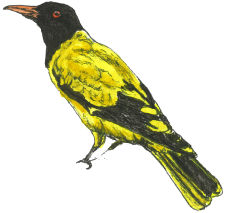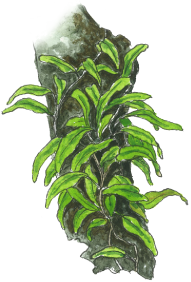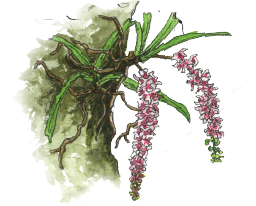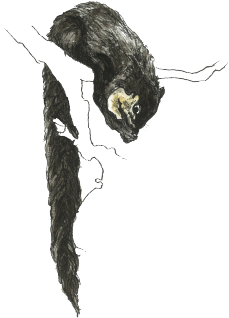Note: Best viewed on desktop/laptops. Not compatible with mobile/tablets.
How often do we look up at canopies? Or up at all. Do you remember the last time you stepped out of your house and looked up (and really looked, this is not about your cursory glance to curse the sun)? In forests or even in cities, our gaze is usually trained at eye level. The only time trees get our attention is when we sight birds. Even then, our focus remains on the creature’s flight, rather than the perch it was occupying.
Presenting the Red Silk-cotton Tree (Bombax ceiba), a tall, deciduous tree colloquially known as Semul. It is found in parts of north India and Pakistan, but is most abundant in the northeast of the country. While its range is wide, what lives in it varies according to its location. And that's why the northeast, where it is abundant, makes it a vital home for its residents.
The red silk-cotton tree bears striking red flowers, which bloom from February to April. Its flowers, which open from 5pm to 7pm when nectar production is at its peak, are very attractive to local wildlife, bumblebees and other insects. The dry seed pods of this tree are full of white fibres that local communities use for stuffing and quilting – hence its name, silk-cotton. The fibres, gum, roots and flowers are all used in traditional medicine for a plethora of purposes, including as an aphrodisiac.
As you scroll down this illustration, the creatures that live within the canopies will present themselves one after the other, and what’s more, you can hear (some of) their calls too, so you know what to listen for when you’re in a forest or walking under city canopies. There are seven, so look (and keep your ears trained) for them all.
With this series, let’s encourage everyone to #LookUp. Send us photos on Instagram/FB/ Twitter with this hashtag whenever you see a canopy, and we’ll post it for you.
Audio courtesy Wikimedia Commons
With inputs from Swapna Prabhu, Divya Mudappa, Aparajita Dutta.


